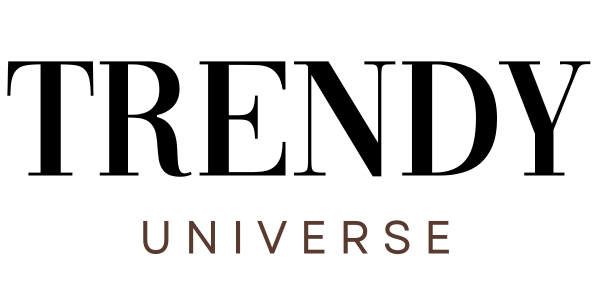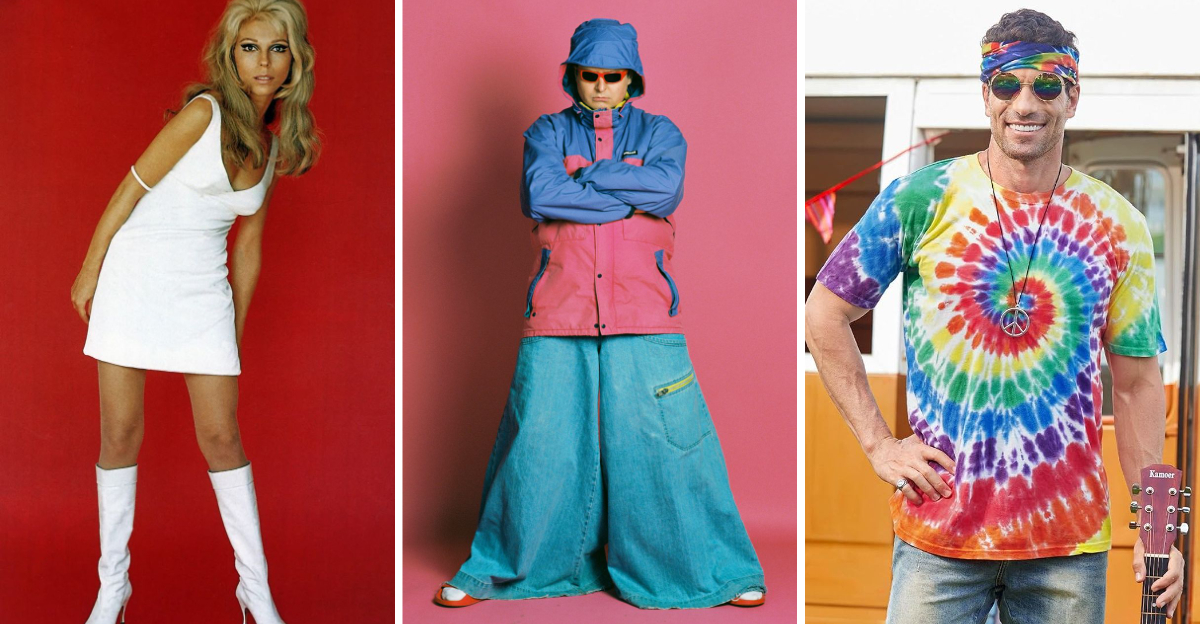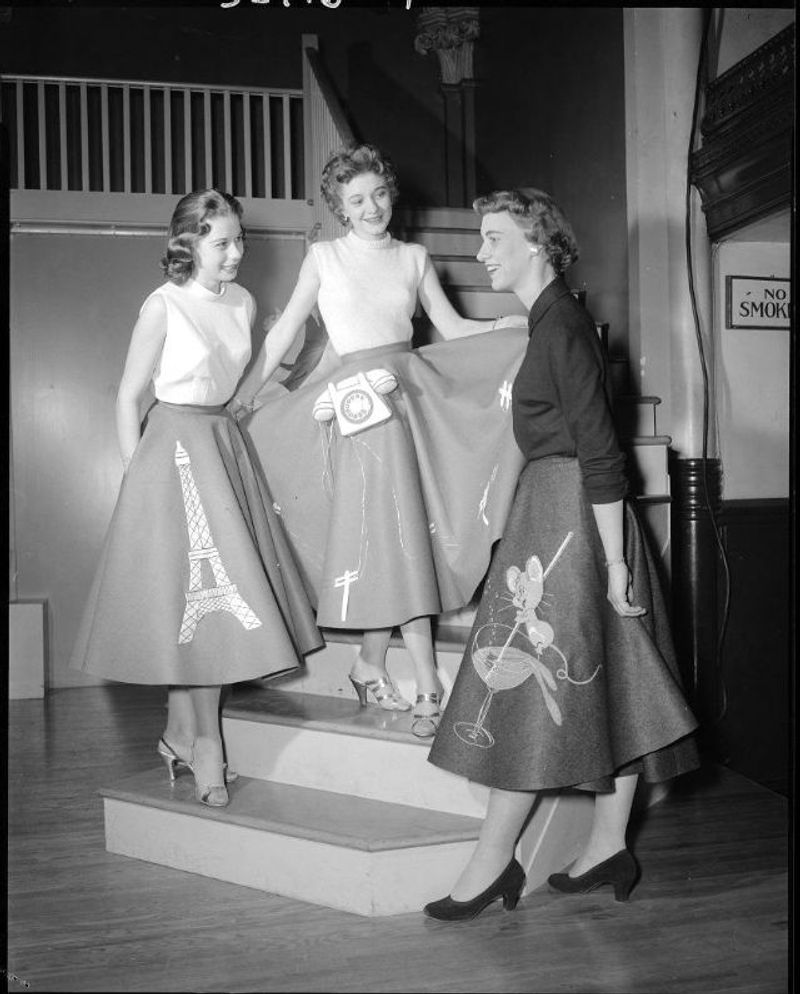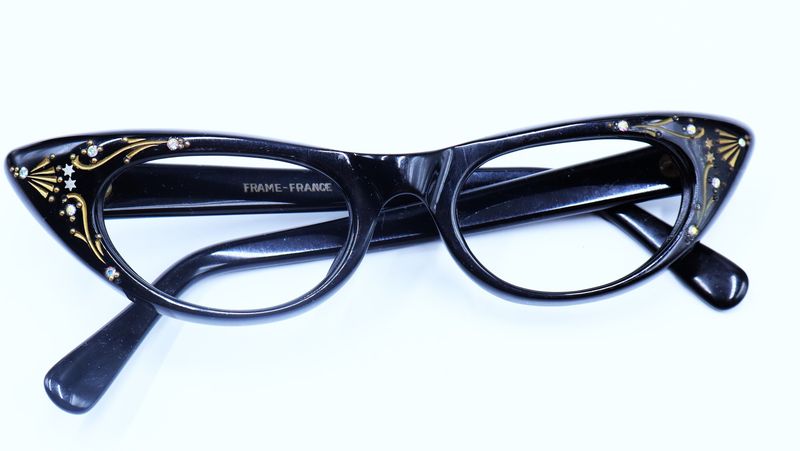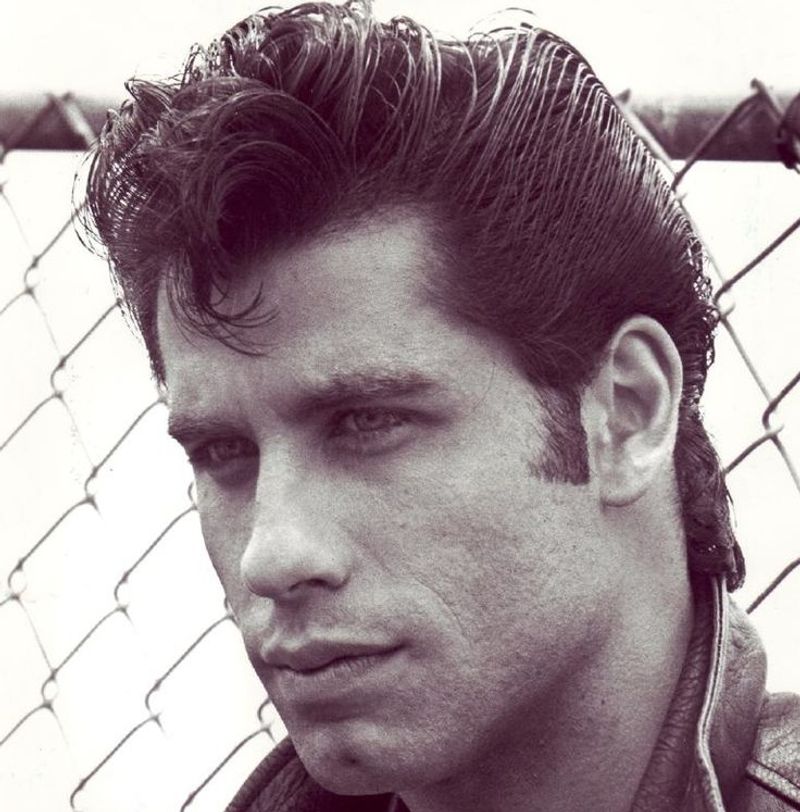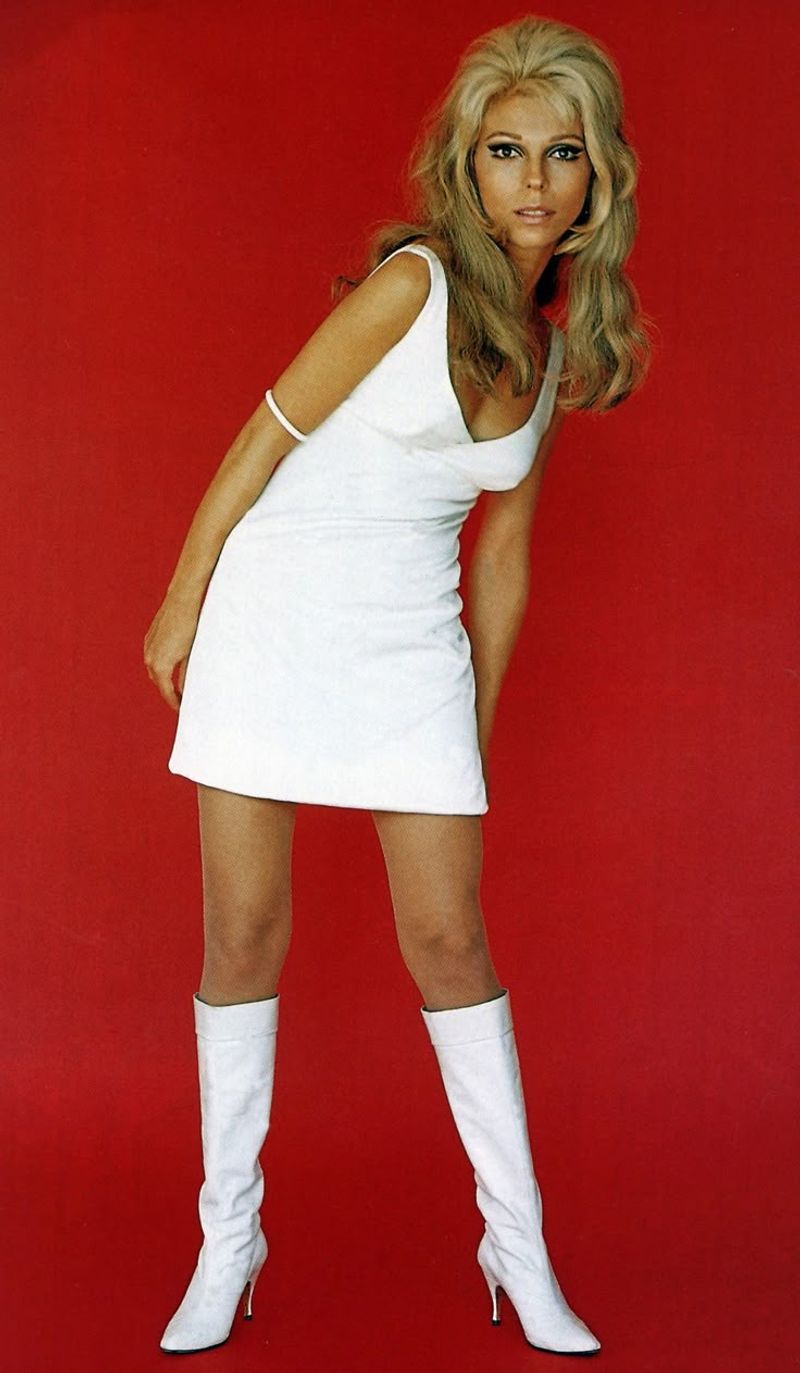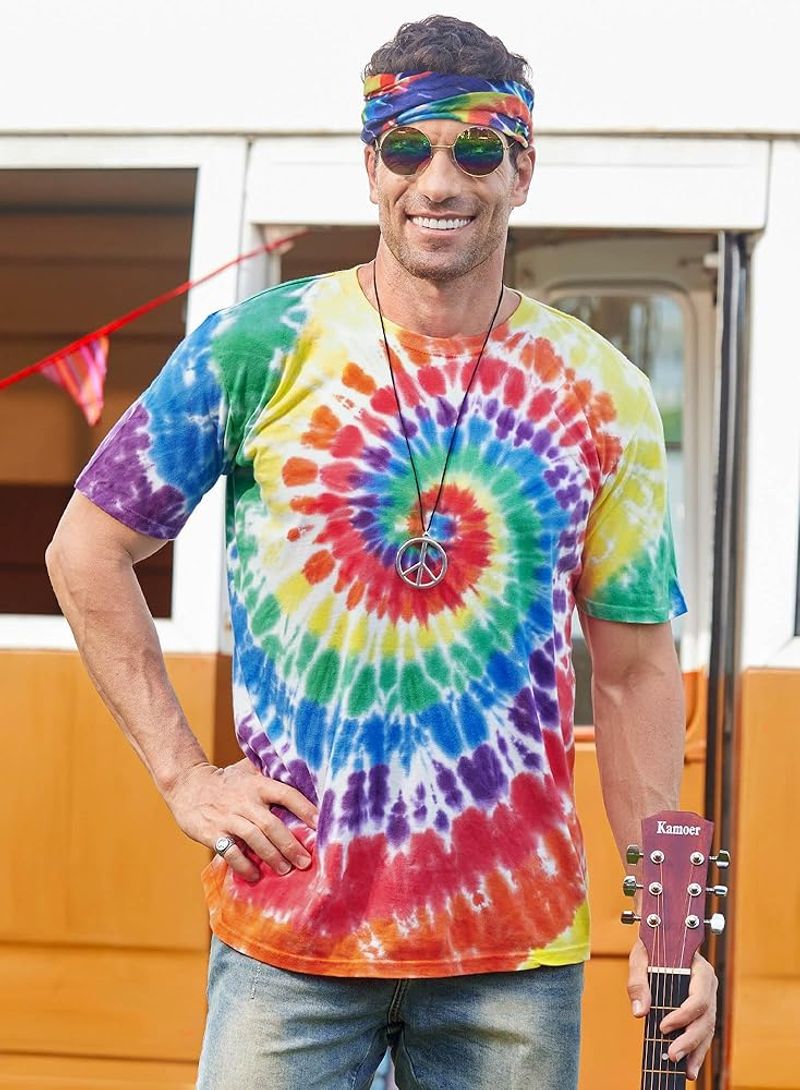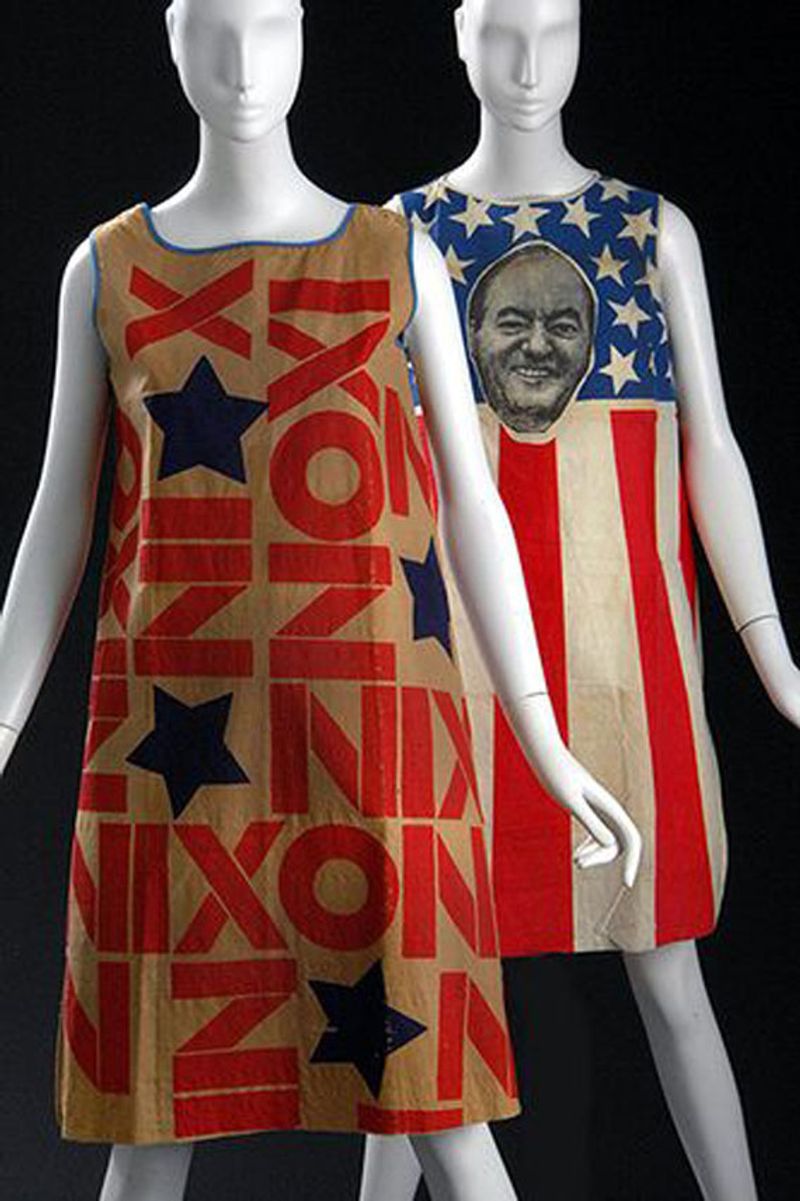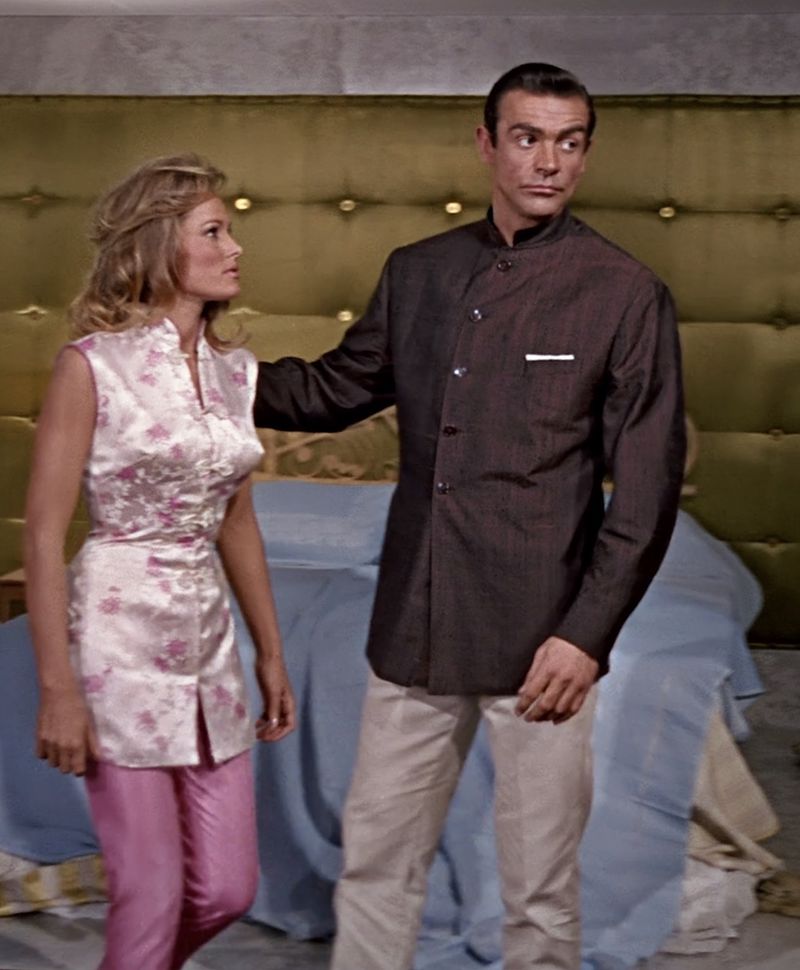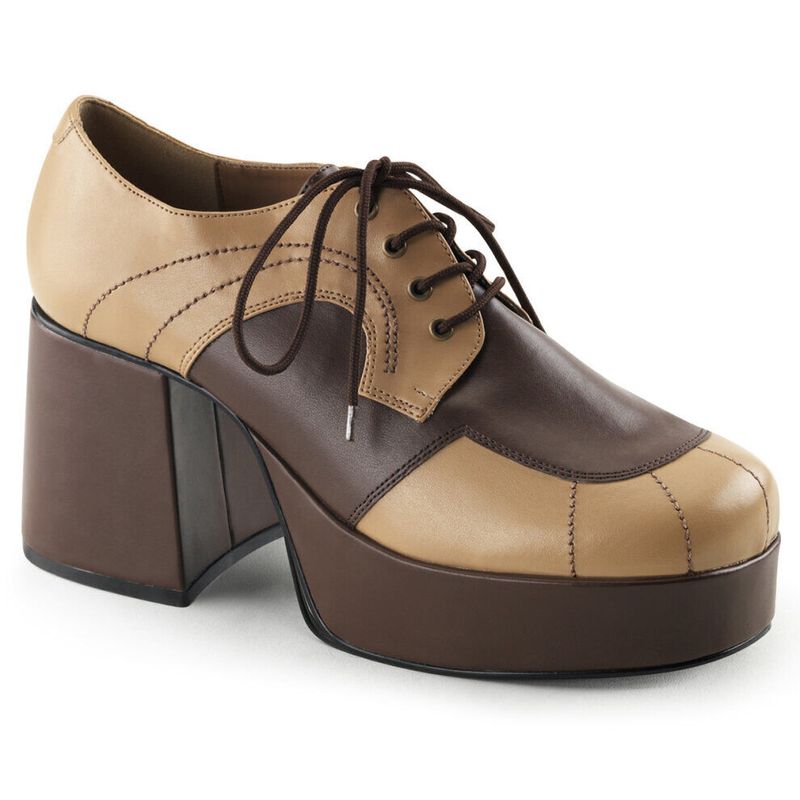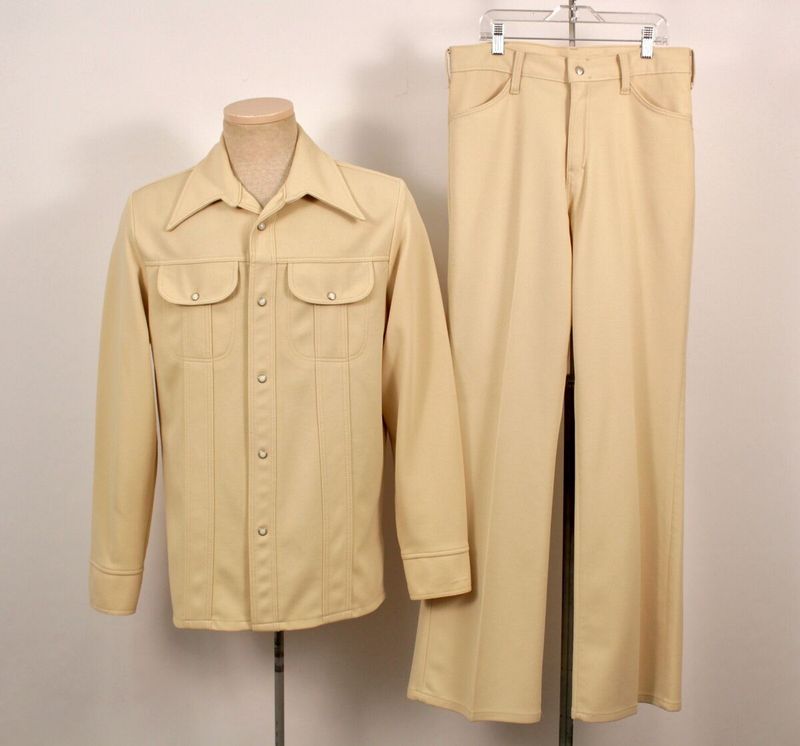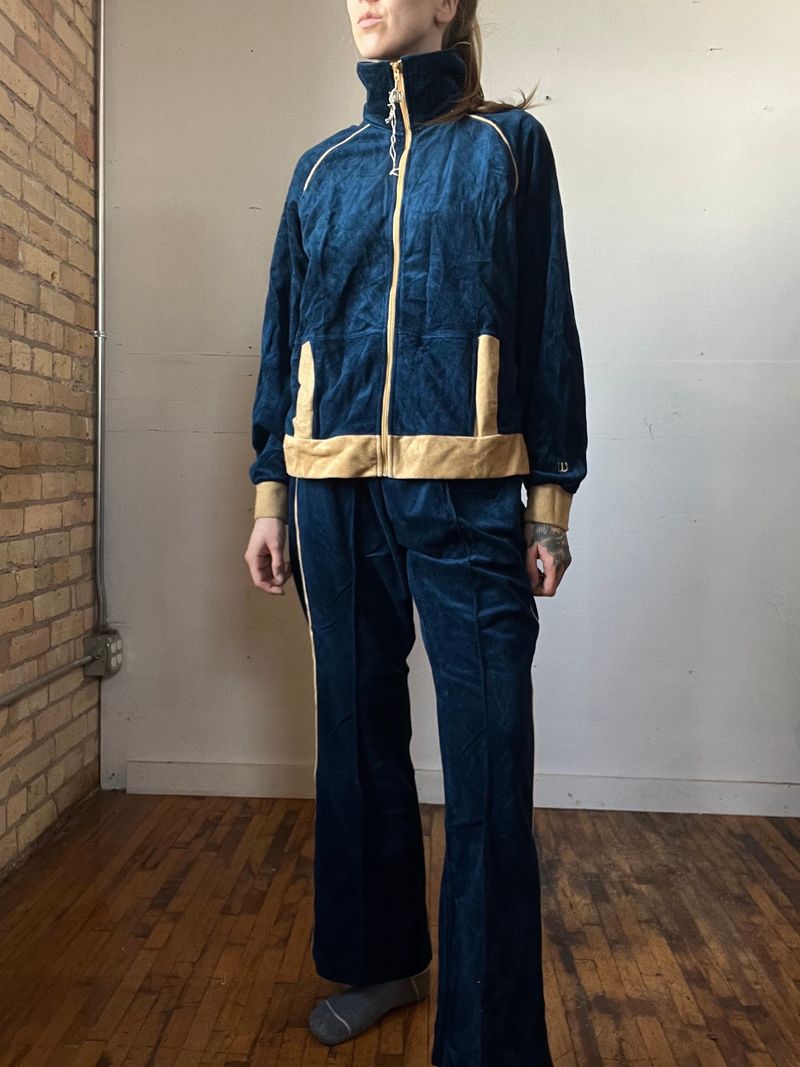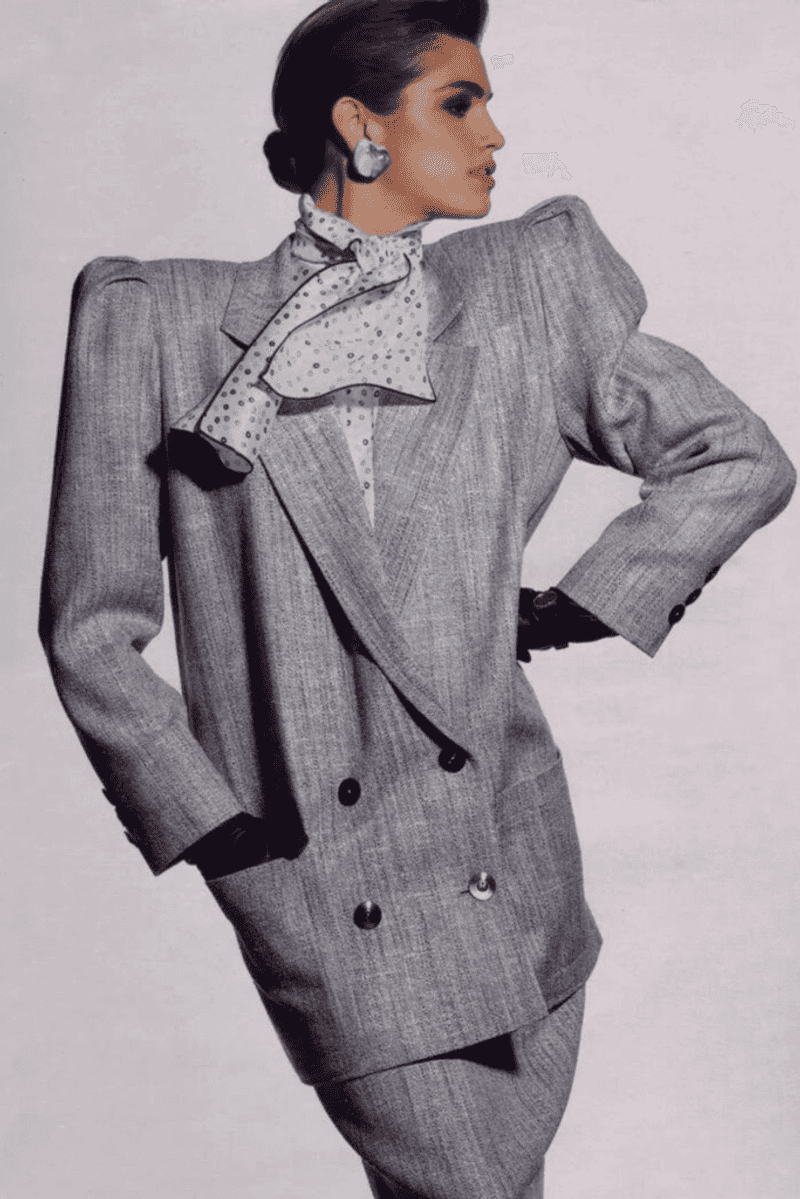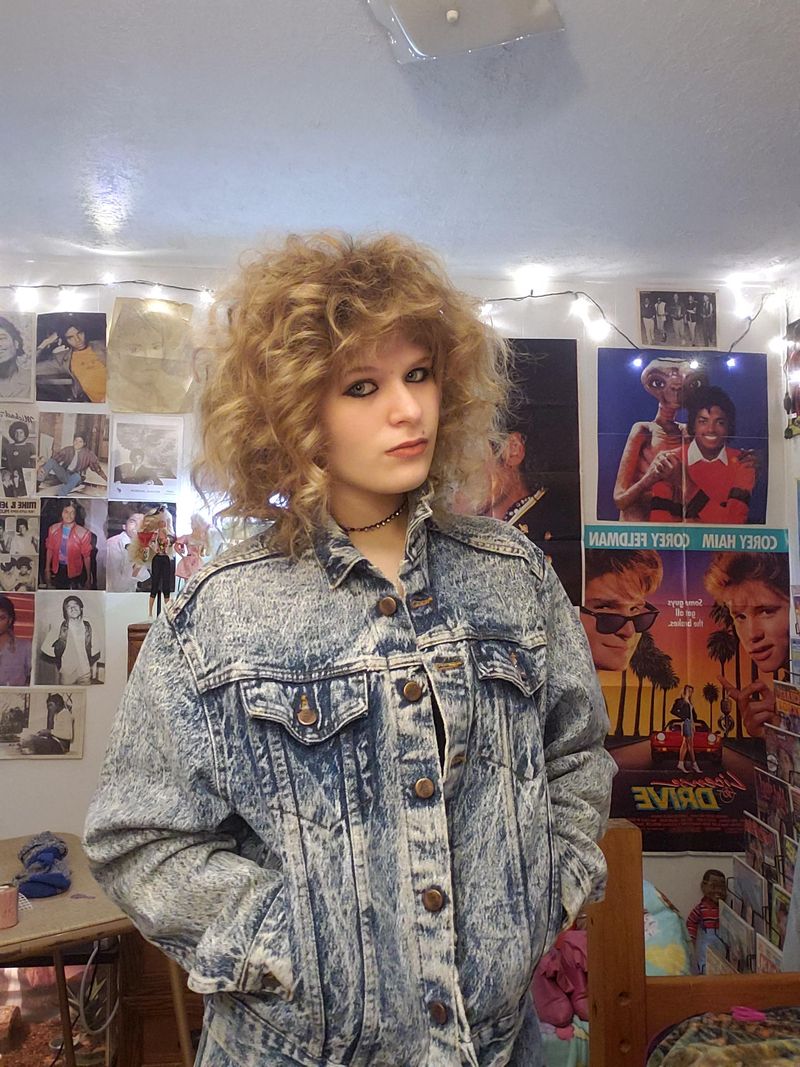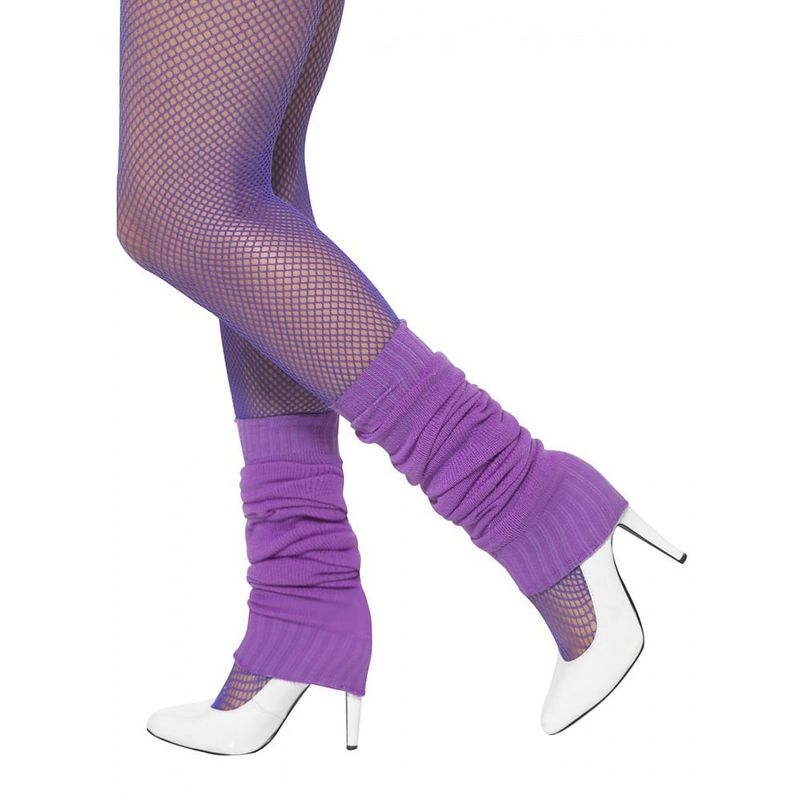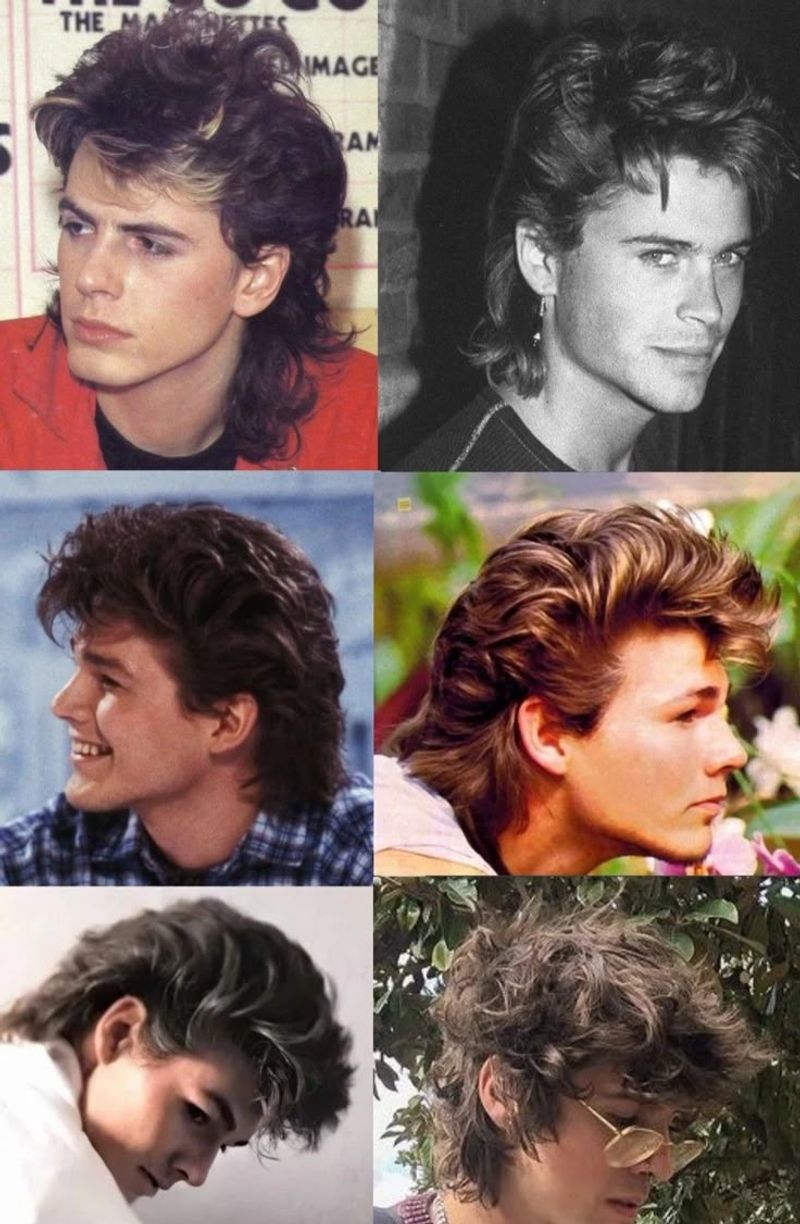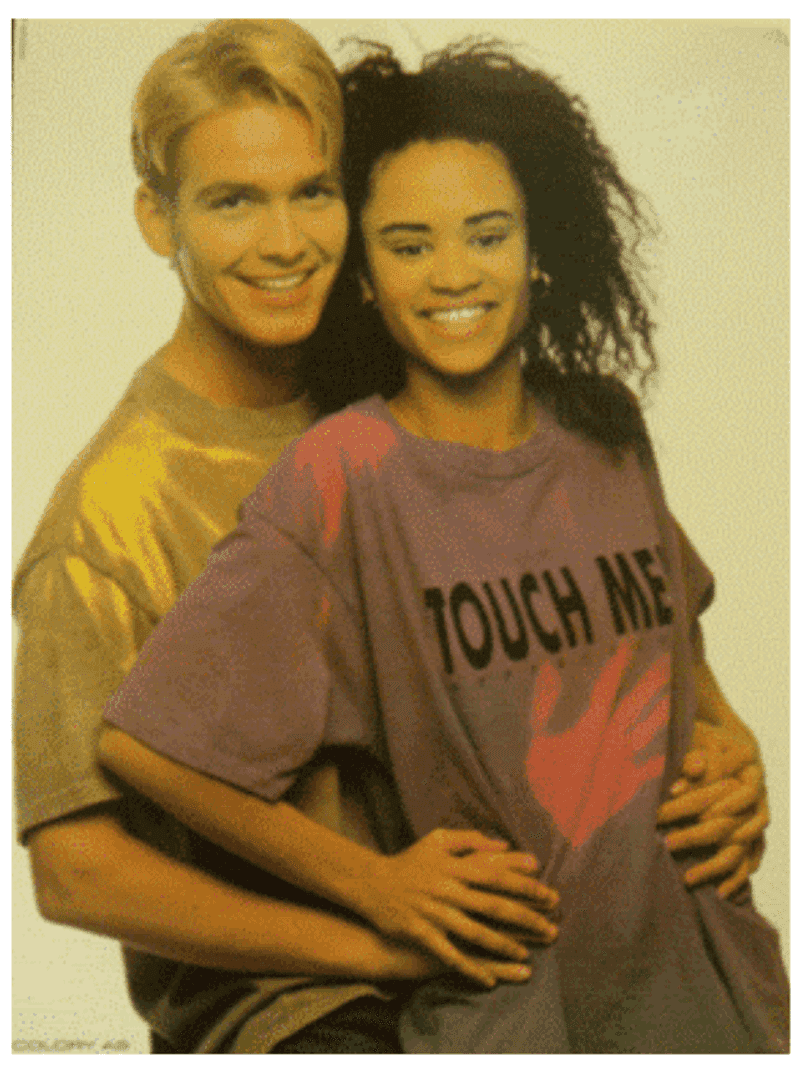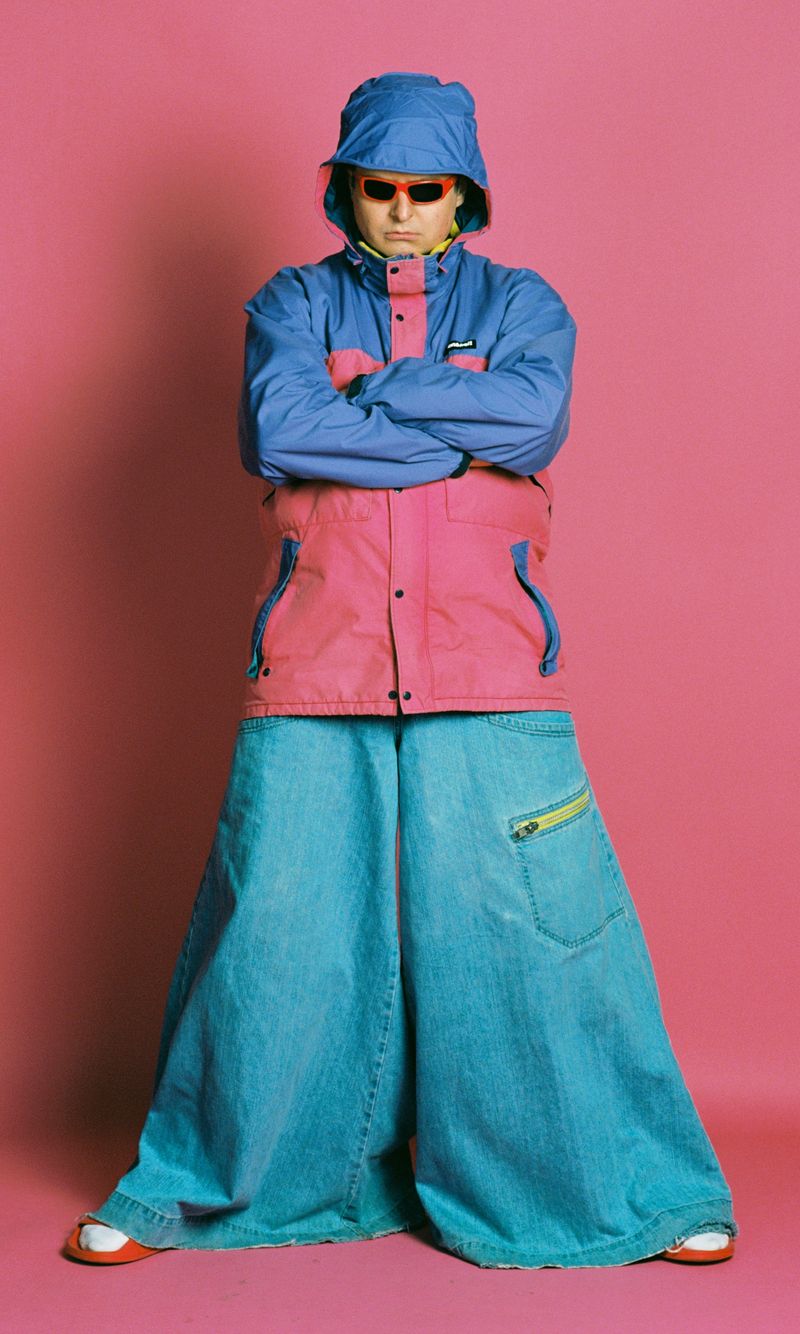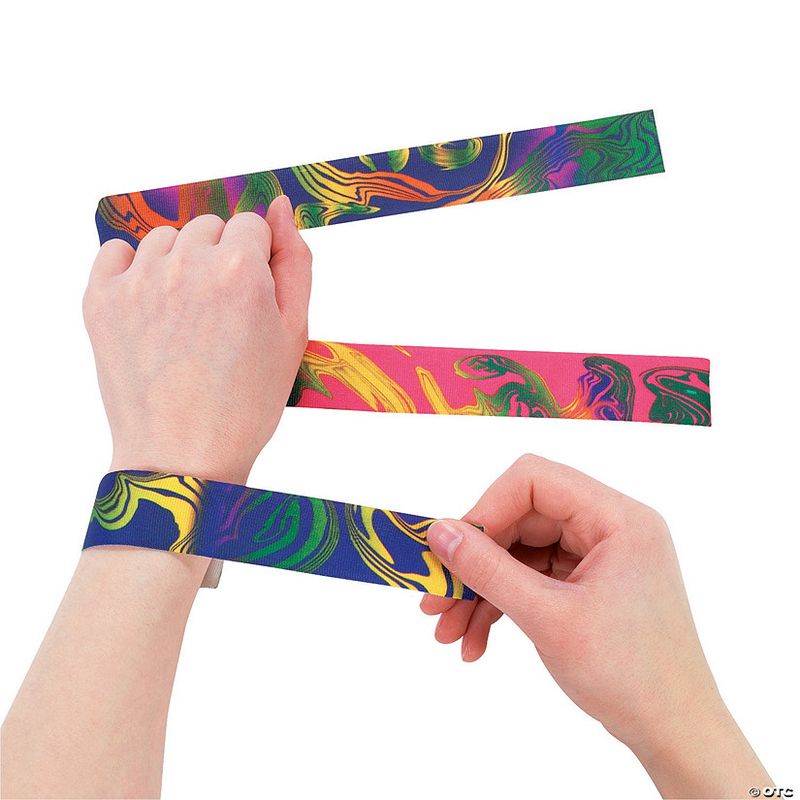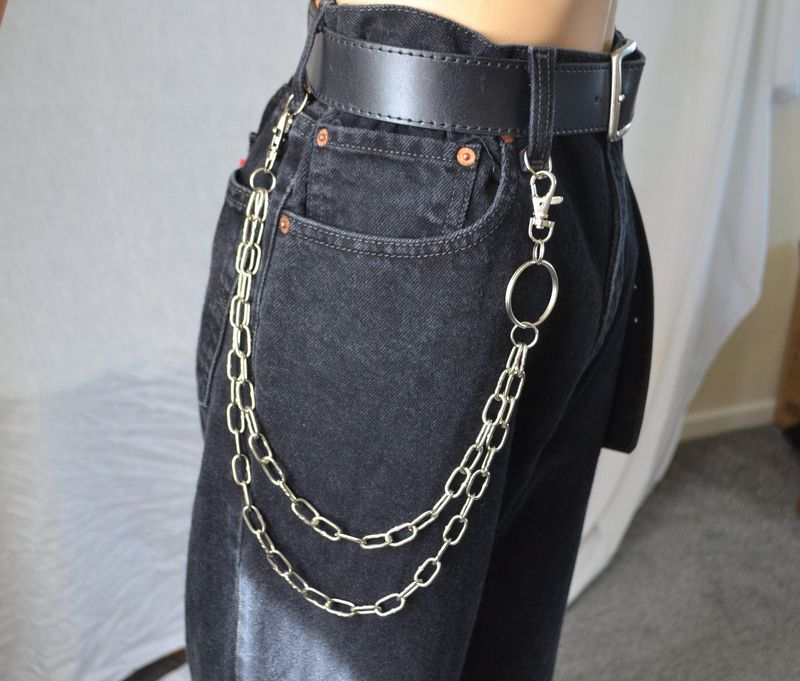Fashion trends come and go, leaving their mark on generations. From the fabulous 50s to the grunge-filled 90s, our closets have seen it all! Remember those outfits your parents proudly dressed you in or the styles you begged to wear? Let’s take a nostalgic journey through four decades of the most memorable fashion hits and misses.
1. Poodle Skirts (1950s)
Twirling into popularity during the 1950s, these circular felt skirts with appliqued poodles became teenage girls’ must-have item. Girls paired them with saddle shoes and bobby socks for sock hops. The playful canine design wasn’t always a poodle – some featured other whimsical motifs like records or telephones.
2. Cat-Eye Glasses (1950s)
Dramatically upswept at the corners, these feminine frames transformed ordinary eyewear into fashion statements. Movie stars like Marilyn Monroe and Audrey Hepburn made them iconic symbols of the decade. Often adorned with rhinestones or pearlescent details, cat-eyes remain one of the few 50s trends that regularly makes stylish comebacks.
3. Greaser Pompadours (1950s)
Slick, high, and rebellious – these hair sculptures required serious commitment to styling products. Guys would spend ages perfecting their Elvis-inspired look with heavy applications of Brylcreem. The higher the hair, the cooler the guy! This iconic style represented teenage rebellion and rock ‘n’ roll attitude that parents absolutely dreaded.
4. Sack Dresses (1950s)
Fashion designer Cristóbal Balenciaga shocked the figure-conscious 50s with shapeless dresses that hung straight from shoulders to hem. Women appreciated the liberating break from waist-cinching styles that had dominated the decade. Critics called them unflattering potato sacks, but forward-thinking fashionistas embraced their revolutionary comfort and simplicity.
5. Go-Go Boots (1960s)
These white, mid-calf plastic boots stomped their way through the Swinging Sixties. Paired with mini skirts, they became the ultimate mod girl accessory after Nancy Sinatra’s hit “These Boots Are Made for Walkin’.” Despite being notoriously sweaty and uncomfortable, fashion-forward women couldn’t resist their space-age appeal and empowering height.
6. Tie-Dye Everything (1960s)
Swirling psychedelic patterns represented the free-spirited counterculture movement. Originally homemade with rubber bands and fabric dye, these rainbow explosions adorned everything from t-shirts to bedsheets. The hippie uniform became mainstream despite parents’ eye-rolling. Each unique pattern told a story of peace, love, and rebellion against conformity.
7. Paper Dresses (1960s)
Disposable fashion reached its bizarre peak with dresses made from paper-like materials. For just $1.25, you could wear a dress once and toss it – the ultimate statement in consumer culture. Companies printed advertisements on these flimsy garments. Imagine wearing a Campbell’s soup can design to a party, knowing one spill meant game over!
8. Men’s Nehru Jackets (1960s)
Named after India’s first prime minister, these collarless, fitted jackets with mandarin collars promised sophisticated exoticism. The Beatles and James Bond briefly made them cool before they quickly faded into fashion oblivion. Often made in silk or brocade with metal buttons, they represented men’s brief flirtation with more decorative, non-Western fashion influences.
9. Platform Shoes (1970s)
Gravity-defying footwear that added serious inches to your height dominated disco dance floors. Both men and women teetered on these architectural wonders, risking ankle injuries for the sake of style. ABBA and Elton John showcased extreme versions on stage. Wooden platforms, some reaching 5+ inches, made everyone feel like a strutting superstar.
10. Polyester Leisure Suits (1970s)
Nothing screams 70s like matching polyester jacket-and-pants combos in questionable colors. Men embraced these wrinkle-resistant wonders with wide lapels and flared pants, often in browns, tans, or powder blue. The synthetic fabric didn’t breathe, turning wearers into sweaty messes. Yet somehow, these suits represented the height of casual sophistication for suburban dads everywhere.
11. Velour Tracksuits (1970s)
Soft, plush velour transformed athletic wear into everyday fashion statements. These matching zip-up jackets and pants in bright colors made you look like a sporty, fuzzy teddy bear. Everyone from suburban moms to celebrities lounged in these comfort-first outfits. The distinct swishing sound announced your arrival before you even entered the room!
12. Hot Pants (1970s)
Micro-shorts that barely covered the essentials took the fashion world by storm. These ultra-short shorts showed off maximum leg and minimum modesty, causing quite the stir in conservative households. Made in attention-grabbing materials like vinyl, sequins, or satin, hot pants pushed the boundaries of the sexual revolution. Schools and workplaces frequently banned these tiny garments.
13. Shoulder Pads (1980s)
Exaggerated padding created the power silhouette that defined 80s fashion ambition. Women’s blazers, dresses, and even t-shirts featured linebacker-worthy shoulder extensions that demanded space in any room. The bigger, the better was the motto! This trend represented female empowerment in the workplace – visually claiming space in male-dominated boardrooms through dramatic proportions.
14. Acid Wash Denim (1980s)
Regular jeans weren’t extreme enough for the excess-loving 80s. The bleached, mottled appearance of acid wash created a distinctive spotted look that screamed rock ‘n’ roll attitude. Entire outfits – jackets, skirts, and jeans – featured this harsh chemical treatment. The more faded and damaged your denim looked, the more fashionable you were!
15. Leg Warmers (1980s)
Thanks to movies like Flashdance and Fame, these knitted tubes migrated from ballet studios to everyday wardrobes. Girls wore them scrunched down over jeans, leggings, or even bare legs with mini skirts. Neon colors and rainbow stripes were particularly popular. The completely non-functional fashion accessory somehow convinced everyone they looked like an off-duty dancer.
16. Mullet Haircuts (1980s)
“Business in front, party in the back” defined this infamous hairstyle that crossed gender boundaries. Short on top and sides but flowing long in the back, mullets somehow convinced millions they were the perfect compromise. Country singers, hockey players, and suburban teens all embraced this divisive cut. Few fashion choices have been so universally mocked in later decades.
17. Hypercolor T-Shirts (1990s)
Heat-sensitive fabric that changed colors with body temperature seemed like scientific magic. These shirts revealed embarrassing sweat patterns in real-time, turning armpits and other warm areas different colors. Middle schoolers obsessed over these interactive garments despite their practical drawbacks. After a few washes, the color-changing effect faded, leaving just an ordinary, overpriced t-shirt.
18. JNCO Jeans (1990s)
Defying all logic and proportion, these enormously wide-legged jeans swallowed feet whole. Some leg openings measured up to 50 inches around, creating a denim tsunami with every step. Skateboarders and ravers particularly loved these impractical pants. Embroidered logos, contrast stitching, and oversized back pockets completed the extreme silhouette that confused parents everywhere.
19. Slap Bracelets (1990s)
These fabric-covered metal strips straightened for display then magically curled around your wrist when slapped against it. Elementary schools eventually banned them after discovering they were actually repurposed metal measuring tapes with sharp edges. Available in endless neon patterns and designs, collecting these inexpensive accessories became a playground obsession despite their short-lived functionality.
20. Wallet Chains (1990s)
Metal chains connecting wallets to belt loops served the practical purpose of preventing theft while showcasing rebellious attitude. Skaters, grunge fans, and anyone wanting to look tough jangled with every movement. The longer and chunkier your chain, the more serious your alternative credentials. Parents worried these metal accessories could double as weapons in school hallway confrontations.
